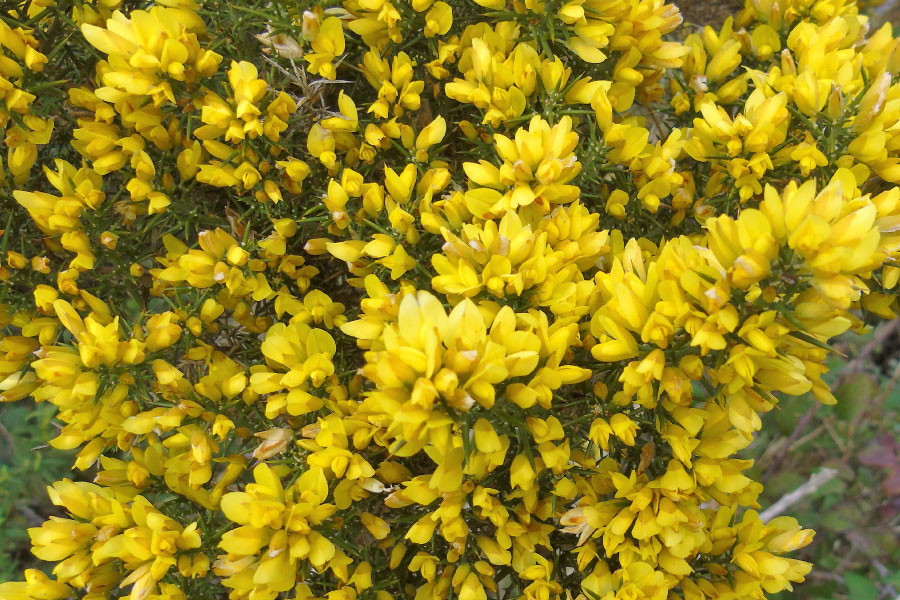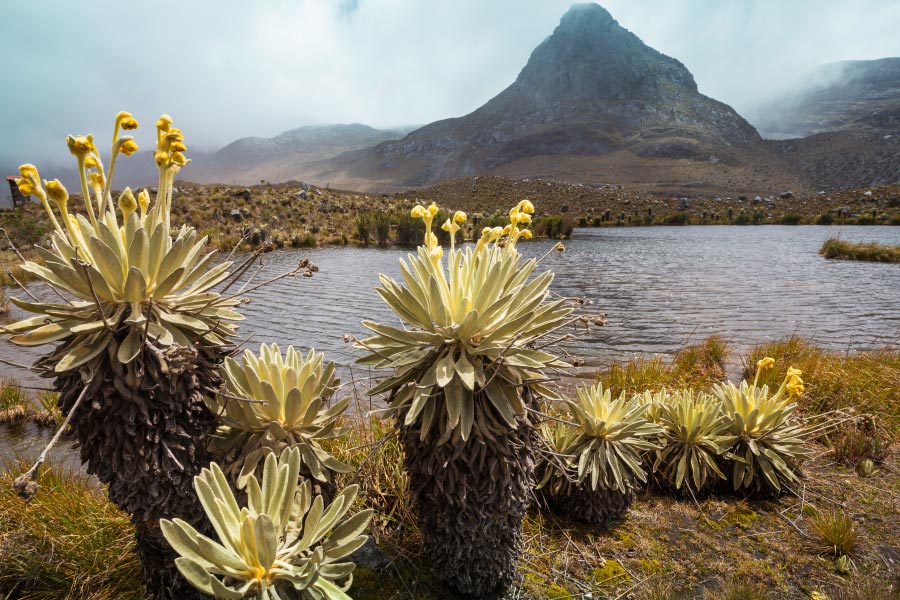
Common Gorse: Between Ecosystems and Water

Hello, my friend
Thank you for reading our article and we invite you to visit our blog. Knowing more about the role that water plays in our planet is necessary.
Common Gorse is good, but not in all ecosystems.
In Colombia’s wastelands, along roadsides and in degraded areas, there is an apparently modest plant with a remarkable impact: the Common Gorse (Retama sphaerocarpa).
This plant species, native to the Mediterranean and southwest Asia, belongs to the Fabaceae family and has found its niche in arid environments and poor soils, defying adversity and leaving a marked mark in the ecosystems where it establishes itself.
What is the environmental impact of Common Gorse?
The Common Gorse, with its ability to grow in degraded soils and its resistance to drought, has proven to be a formidable invader in many regions of the world.
Its rapid spread can displace native vegetation, altering local ecosystems and diminishing biodiversity. The formation of dense colonies of Common Gorse can also hinder human and animal access to certain areas due to its sharp thorns, which can have negative impacts on agricultural activity, grazing, and tourism.
What is the effect on water?
The Common Gorse can affect the water cycle in the ecosystems where it is established. Due to its capacity to fix atmospheric nitrogen, this plant can modify soil composition, increasing the availability of nutrients and altering hydrological processes, and can affect the water cycle in the ecosystems where it grows:
Soil erosion: The dense roots of Common Gorse can increase soil erosion, which can lead to sedimentation of watercourses and reduced water quality.
Decreased water flow: The dense cover of Common Gorse can intercept and evapotranspire large amounts of water, which could affect water flow in watersheds.
Nitrogen pollution: Common Gorse is a legume that fixes nitrogen from the air, which can lead to an increase of nitrates in soil and water, especially after forest fires.
YOU MAY BE INTERESTED IN: Sowing water? An ancestral solution

How can Common Gorse help?
The Common Gorse in arid areas, helps to increase soil fertility and this promotes the growth of other plants. This factor contributes in many cases to the restoration of degraded areas and brings positive characteristics such as:
Erosion control: On steep slopes and degraded soils, the dense cover of Common Gorse can help stabilize the soil and prevent erosion.
Animal fodder: In some regions, the branches of Common Gorse are used as fodder for cattle and other animals.
Medicinal potential: Some medicinal properties have been described in Common Gorse, such as anti-inflammatory, analgesic and antimicrobial properties. However, it is important to note that scientific research on these properties is limited, and more studies are needed to confirm their efficacy and safety.
Should Common Gorse be combated?
The Common Gorse must be controlled and eradicated when it is invading ecosystems where it does not belong. The control and eradication of Common Gorse can represent a considerable challenge and over time actions have been developed such as:
Manual or mechanical removal: One of the most common measures is manual removal as well as mechanical removal, using machinery to cut and crush the plants.
Elimination by chemical methods: Another way is through the application of specific herbicides, although these may have undesirable side effects on native vegetation and other organisms in the ecosystem.
Elimination by herbivory: There are animal species, such as goats and sheep, that consume the leaves of Common Gorse. This helps as a biological control.
In conclusion, Common Gorse is considered a highly invasive species with a significant negative environmental impact, but it also has some characteristics that could be considered positive in certain specific contexts. It is important to note that these positive characteristics do not justify the presence of Common Gorse in ecosystems where it is not native, and that in some cases it should be controlled and eradicated.




